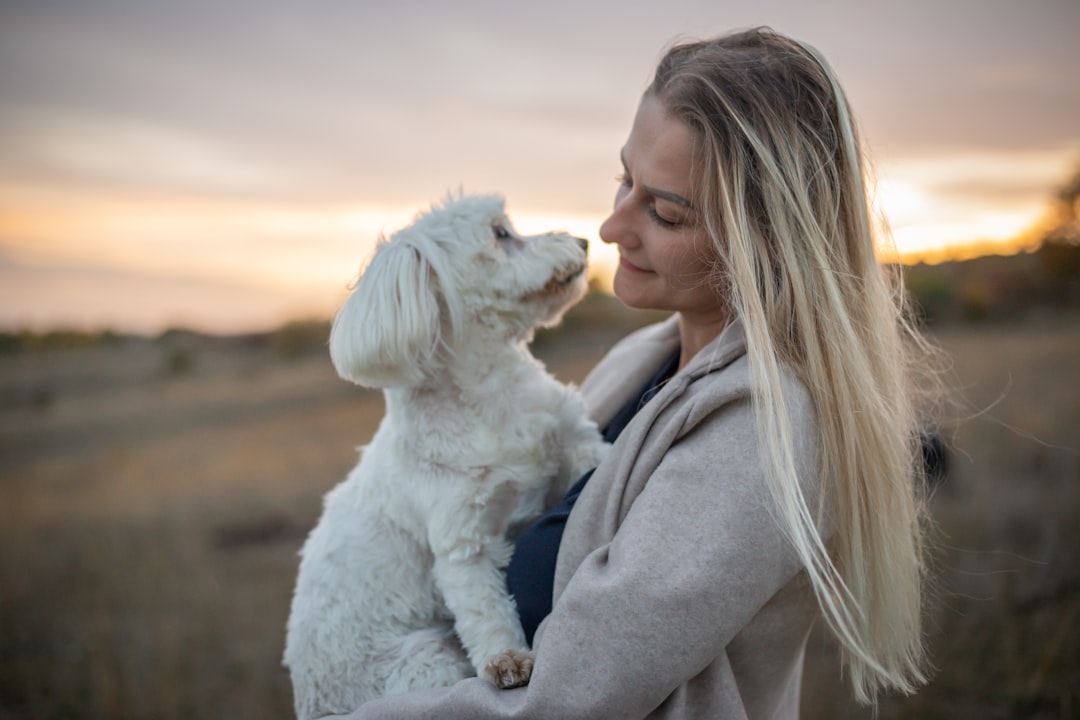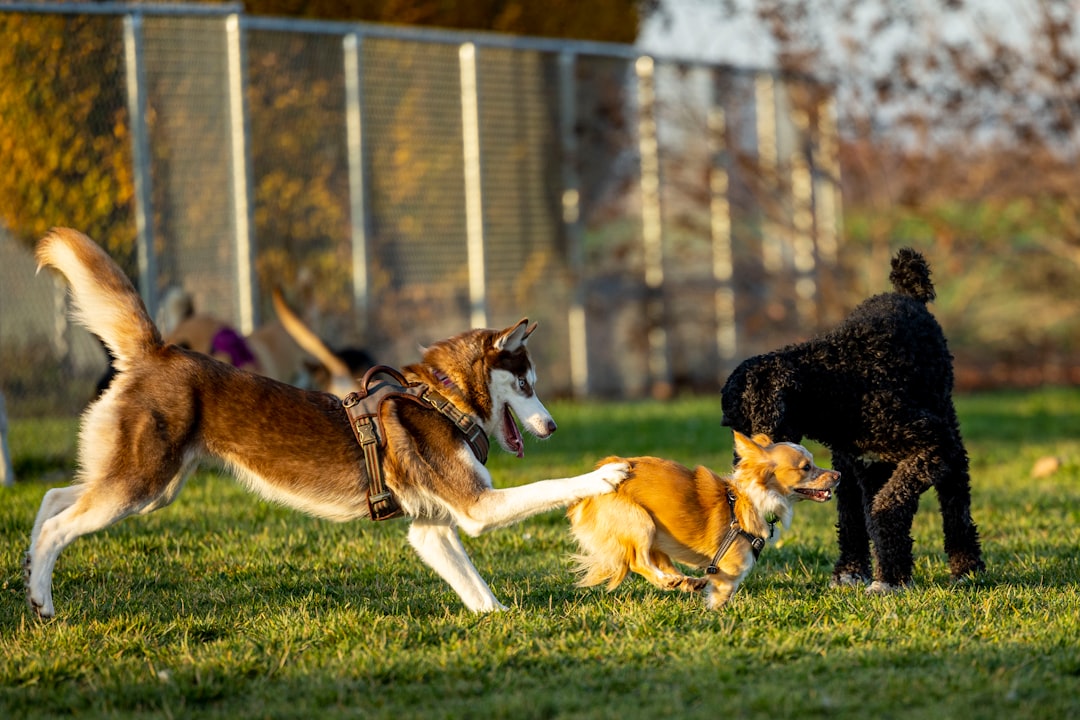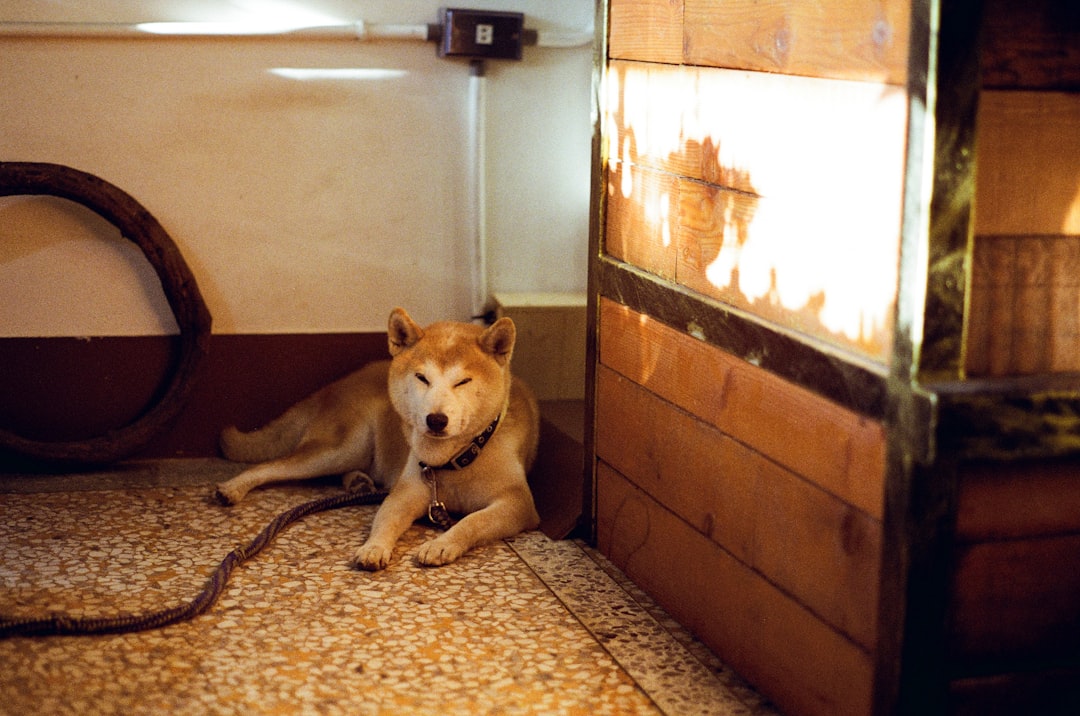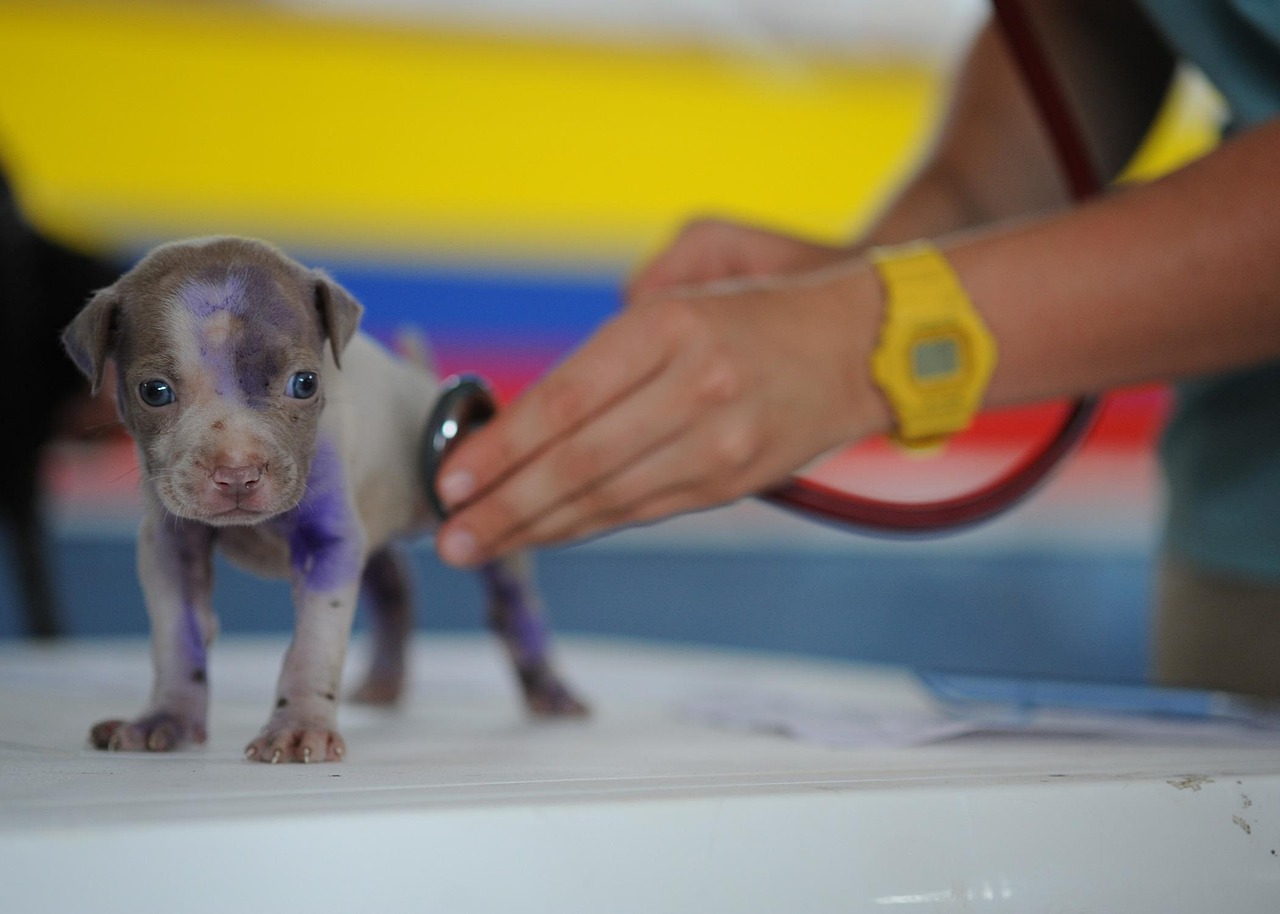That pang of guilt when you see your dog’s anxious face pressed against the window as you pull out of the driveway is heartbreaking. The destruction you come home to, the neighbors’ complaints about endless barking, or finding your furry friend trembling behind the couch all tell the same story. Your beloved companion isn’t just missing you – they might be experiencing the canine equivalent of a panic attack.
Studies show between 13-38% of dogs experience some level of separation anxiety, making this one of the most common behavioral challenges dog parents face. Yet despite its prevalence, separation anxiety often goes misunderstood, with frustrated owners interpreting destructive behavior as spite rather than recognizing it as genuine distress. Understanding the difference between normal missing-you behavior and true anxiety can transform how you approach this challenge. Let’s explore how to recognize, understand, and gently guide your shadow dog toward confidence and peace.
Recognizing the Signs: When Missing You Becomes Panic

According to Patricia McConnell, Ph.D. a Certified Applied Animal Behaviorist, although we can’t know for sure what’s in a dog’s mind, we can think of separation anxiety as the equivalent of a panic attack. The signs extend far beyond simple destruction or barking, often beginning the moment you start preparing to leave.
For example, a dog might start to pace, pant and whine when he notices his guardian applying makeup, putting on shoes and a coat, and then picking up a bag or car keys. During departures or separations, in addition to vocalization, destruction and elimination, they may be restless, shake, shiver, salivate, refuse to eat, or become quiet and withdrawn. Dogs with separation anxiety typically show signs of distress within the first 20-45 minutes of being alone, with many showing distress within the first 10-20 minutes. Watch for subtle signals like excessive following, inability to settle when you’re home, or hypervigilance to your movements throughout the house.
The Shadow Phenomenon: Understanding Excessive Attachment

Most dogs with separation anxiety try to remain close to their owners, follow them from room to room and rarely spend time outdoors alone. This shadow behavior isn’t just endearing devotion – it often signals an unhealthy dependence that sets the stage for anxiety when separation becomes unavoidable.
In addition to performing unwanted behaviors in the owner’s absence, dogs with separation-related problems will often show signs of excessive attachment to their owners. These dogs often position themselves where they can monitor your every move, become distressed when doors close between you, and show little interest in independent activities. Think of it like a person who feels comfortable only when their security blanket is within arm’s reach. The attachment itself becomes the source of vulnerability rather than comfort.
Detective Work: Distinguishing Anxiety from Other Issues

Before assuming separation anxiety, rule out simpler explanations that masquerade as distress. Research shows that half of dogs suffering from separation-related behaviour (SRB) won’t show any signs when you’re with them, making diagnosis tricky without proper observation.
Videos and descriptions of your dog’s behavior are typically most helpful in helping the vet identify and evaluate symptoms that occur and worsen in your absence. An indoor pet camera can be used to document such behavior and help your vet reach an accurate diagnosis. Typically this affects young, energetic dogs who struggle when left to their own devices. If left alone for too long (especially when not exercised enough) these dogs may find their own entertainment, such as chewing table legs or raiding the rubbish bins. Simple boredom creates different patterns than anxiety-driven destruction, which typically focuses around exit points and happens within the first thirty minutes of departure.
The Power of Graduated Departures: Building Confidence One Second at a Time

Start with absences that last only last one to two seconds, and then slowly increase the time you’re out of your dog’s sight. This might sound ridiculously slow, but think of it as physical therapy for an emotional injury – rushing the process often sets you back further than patient, methodical progress.
“Threshold” is a term used in dog behavior to mean the level at which a dog can cope with a specific stimulus. For example, one dog’s threshold for being alone might be five minutes. After five minutes, the dog exhibits separation anxiety symptoms. Staying under threshold means that the dog is not left alone longer than five minutes. After each short separation, it is important to make sure that your dog is completely relaxed before you leave again. If you leave again right away, while your dog is still excited about your return from the previous separation, he will already feel aroused when he experiences the next absence. This arousal may make him less able to tolerate the next separation, making the problem worse rather than better.
Counterconditioning: Turning Departures into Celebrations

Counterconditioning is a treatment process that changes an animal’s fearful, anxious or aggressive reaction to a pleasant relaxing one. It’s done by associating the sight or presence of a feared or disliked person, animal, place, object or situation with something really good, something the dog loves. Repeat this over and over again, and soon you’ll have a dog who associates key jingling, and ultimately your leaving, with getting his favorite treat!
However, timing matters enormously. For example, with intense emotions such as those often associated with separation anxiety, offering a treat or toy to your dog during your departure can backfire. In these cases, the intensity of the stress (being left alone) is unable to be controlled. A feeling of safe and calm doesn’t yet exist. When this happens, rather than change how the dog feels, the reward becomes the signal that they are about to be left alone. Start counterconditioning only after your dog can handle very brief departures calmly.
Environmental Setup: Creating a Comfort Zone

Your dog’s physical environment during alone time can significantly impact their emotional state. Instead, confine your dog to a safe room with windows, toys and objects with your scent on them, such as dirty laundry. A dog’s crate can be their friend and your ally by providing your pup with a safe, quiet place to relax. The trick is to teach them to associate the crate with exciting things, such as treat-stuffed toys, so they’re happy to spend time in it.
However, proceed with caution regarding crates. For dogs with separation anxiety, crates should be used with caution because they can promote intense escape attempts and may result in fairly serious injuries. Your dog will still engage in anxiety responses inside a crate, and they may urinate, defecate, howl or even injure themself in an attempt to escape. Monitor your dog’s response carefully – some find crates comforting while others experience increased panic when confined.
Professional Support and Treatment Options

Because treatment must progress and change according to the pet’s reactions, and because these reactions can be difficult to read and interpret, desensitization and counterconditioning require the guidance of a trained and experienced professional. For help designing and carrying out a desensitization and counterconditioning plan, consult a Certified Applied Animal Behaviorist (CAAB or ACAAB) or a board-certified veterinary behaviorist (Dip ACVB). Don’t hesitate to seek professional help early – separation anxiety rarely resolves without intervention and tends to worsen over time.
Typically, there are two treatment options for anti-anxiety medications for dogs: Anxiolytic drugs (anxiety-reducing drugs), such as fluoxetine, are typically used long-term. These medications are used in conjunction with training to minimize anxiety and enable positive experiences when you leave the house. However, as serious as this condition may be, McConnell assures it has a high rate of treatment success. With patience and a positive attitude, you may be able to reduce your dog’s suffering and put separation anxiety stress behind you.
Conclusion

Your shadow dog isn’t choosing to be anxious any more than a person chooses to have claustrophobia or fear of heights. Separation anxiety isn’t the result of disobedience or lack of training – it’s a genuine emotional struggle that deserves compassion and understanding, not punishment or frustration.
The journey from panic to peace takes time, patience, and often professional guidance, but countless dogs have learned to find contentment in solitude. “Guiding your dog through a separation anxiety protocol might not be easy, but having not only gone through this process with many clients but also with my own beloved dog, I can honestly say there is hope and recovery is possible!” Flores says. Remember, you’re not just teaching your dog to tolerate being alone – you’re giving them the gift of emotional resilience and confidence that will serve them throughout their life.
What strategies have you found most helpful in supporting an anxious dog? Share your experiences in the comments below – your journey might be exactly what another worried dog parent needs to hear.

Gargi from India has a Masters in History, and a Bachelor of Education. An animal lover, she is keen on crafting stories and creating content while pursuing a career in education.






